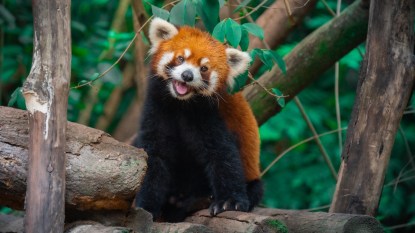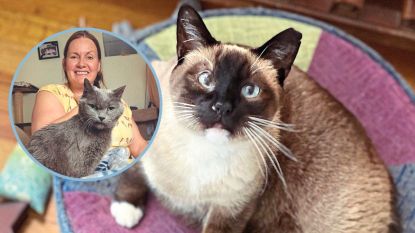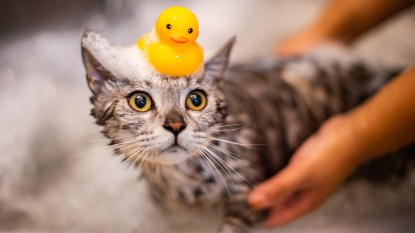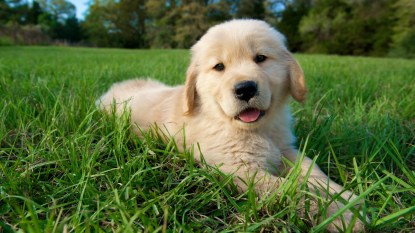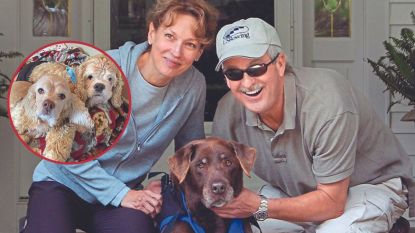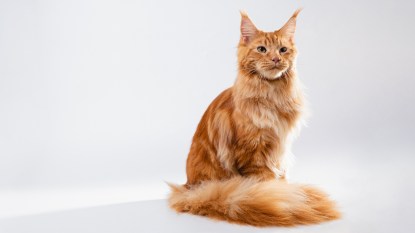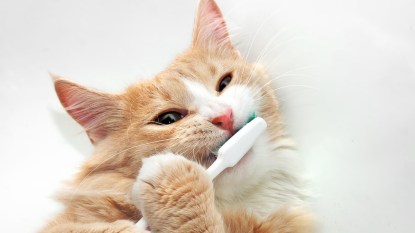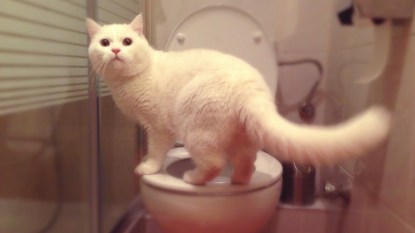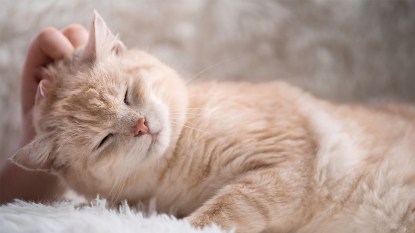Is Your Cat Fat or Is It a Primordial Pouch? Vets Explain How to Tell the Difference
It may be fine that her belly jiggles when she runs!
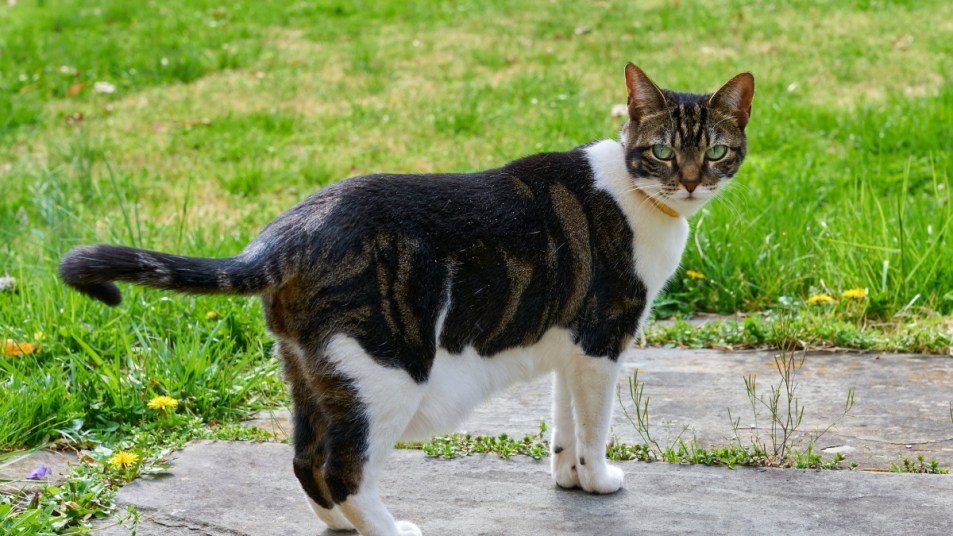
If your cat has a loose, jiggly belly, you might think she simply needs to lose a few pounds. However, that flap of skin may simply be something called a primordial pouch. Not all cats have one, but a large number of them do and it’s completely normal. What function does the primordial pouch serve, and how can you tell if your cat has one or really does need to trim down? Keep reading to see what veterinarians say.
What is a primordial pouch?
A cat’s primordial pouch is located along the length of its stomach, but you’ll notice it most closer to the rear. “The primordial pouch is a flap of loose skin, fur and fat under your cat’s belly,” explains Dr. Mikel Maria Delgado, cat behavior expert with Rover. “This is normal, and some cats have a very small pouch. Other cats have a large flappy pouch that may even swing when they run.”
If you have a young cat, you may not notice her pouch. “Cats typically start developing the primordial pouch around the time they are spayed or neutered, which is often around six months of age,” explains veterinarian and owner of Pet-How.com Maria Baker, DVM. “However, it can also appear as they mature, even if they are not spayed or neutered.” It may also continue to get more prominent as your cat ages, adds Dr. Delgado.
The purpose of the primordial pouch
Wondering why this extra bit of skin even exists? You’re not alone. Even experts aren’t quite sure why cats have primordial pouches, but they have a few theories.
It provides protection
First, the pouch may serve as protection in a fight, as it shields vital organs from an attacking cat’s sharp claws, explains Dr. Delgado. Even if a cat’s primordial pouch is injured, the important internal organs may be unharmed.
It helps cats consume more food
It’s possible that the primordial pouch exists as extra storage during a feast. Wild cats don’t know where they’re going to find their next meal (unlike our spoiled domestic kitties), and they often gorge themselves so they have extra fat stores. “In the wild, cats often consume large amounts of food at once,” explains Dr. Baker. “The primordial pouch allows their stomach to expand comfortably.”
It help cats stretch out when running
A second biological explanation for the primordial pouch is that it allows cats to stretch out more when they run. If you’ve ever seen a video of a cat running in slow motion, you immediately notice how far out they reach with their front paws. “It allows for greater flexibility, enabling cats to fully stretch and extend their bodies,” explains Dr. Baker.
Primordial pouch vs. pudge
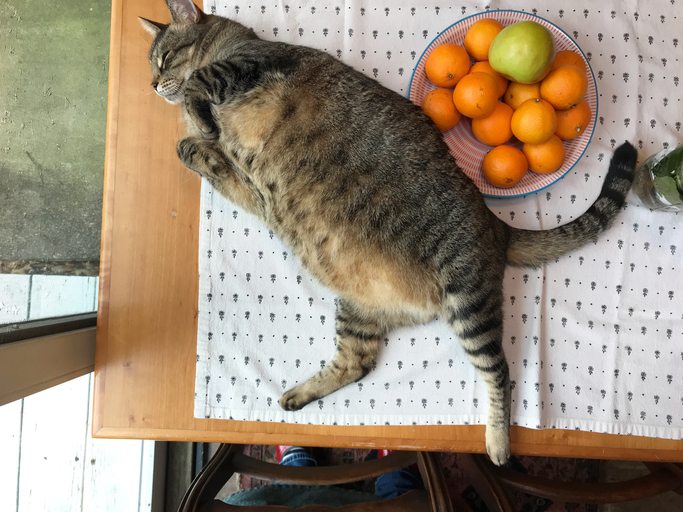
Any time a pet owner notices what looks like their cat’s stomach jiggling, it’s natural to assume this is related to weight gain. But a primordial pouch can appear on all cats, regardless of whether they’re slim or a bit chunky. After all, her weight may have nothing to do with the size of her primordial pouch, which should be loose and floppy, explains Dr. Delgado.
You want to make sure you’re taking the best care of your cat’s health, which means helping her maintain a healthy weight. Because the primordial pouch is so close to her belly, it may be difficult to tell whether she needs to lose weight, or she simply has a large pouch. Keep reading for tips so you can tell the difference.
Look at your cat from above
There are certain visual cues that can indicate whether your cat is at a healthy weight, regardless of the size of her primordial pouch. “When you look down at your cat, you should be able to see an indentation at their waist,” says Dr. Delgado. “They shouldn’t have a ‘barrel’ shape to their body when you look at them from above. (Click through to learn about a cat exercise wheel that may help your cat lose weight.)
Look at your cat from the side
“From the side, you should also see a slight abdominal tuck, even if they have a primordial pouch,” she says. “You should also be able to feel your cat’s ribs easily when you touch their sides.” They may feel more dense and hard than soft and squishy when you pet them as well, explains Dr. Baker. If you’re having trouble telling the difference, or you worry that your cat is overweight, talk to your veterinarian about the best course of action for your cat’s health, recommends Dr. Delgado.
Want to learn more about your cat? Check out more of our pet stories:
The Secret Life of Cats: A Feline Behavioralist Reveals How To Make Your Cat Love You
Why Your Cat Lifts Her Butt in the Air — Feline Experts Reveal What She’s Trying to Tell You
5 Ways To Read Your Cat’s Body Language, From Whiskers to Tail


